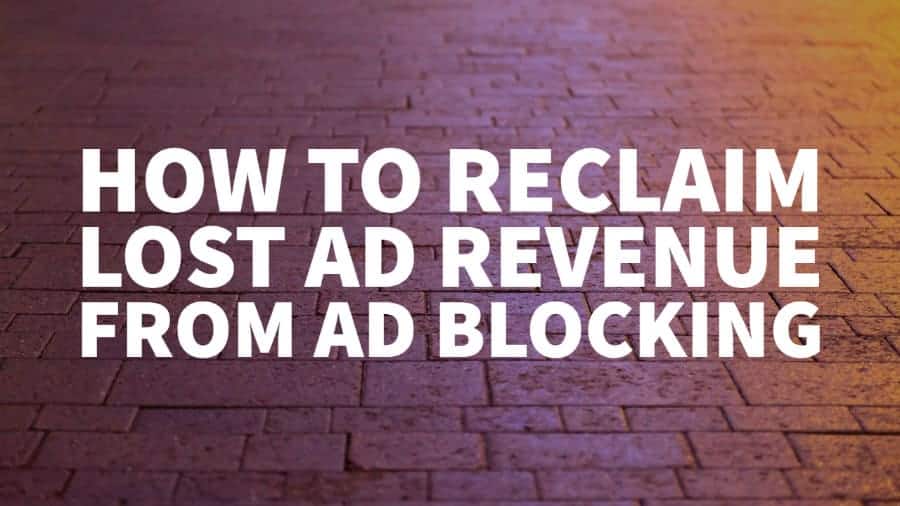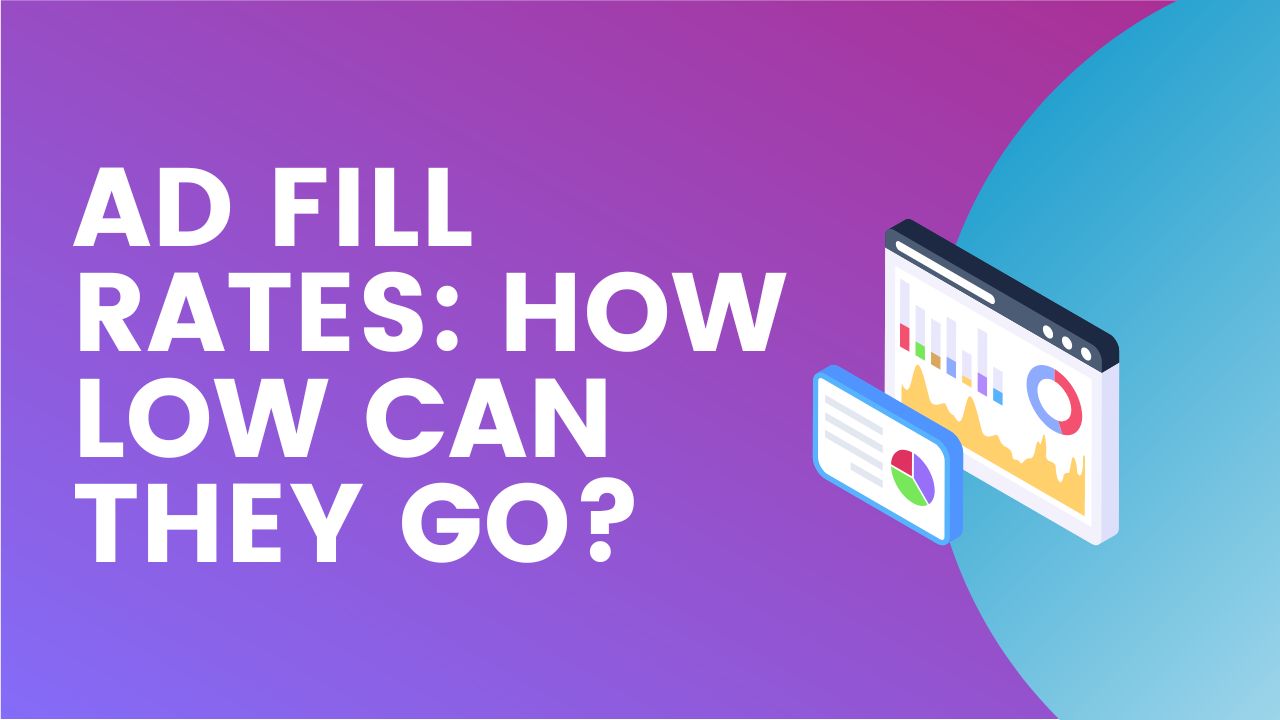
This post was most recently updated on September 5th, 2019
In today’s advertising industry, what once was a limited problem has now grown into a massive issue for publishers. According to research carried out by Adobe, ad blocking was responsible for an estimated loss of around $22 billion in online advertising.
Technically speaking, it is relatively easy to isolate any tags/scripts that are related to advertising and is the reason why more and more ad blocking options are made continuously available to consumers.
For them, it means an ad-free or a distraction-free content viewing experience. For publishers, it means the potential financial loss or ruin of their site.
As a publisher, you definitely would want to fight back and recover or limit the damage caused by ad blocking. We’ve listed some of our methods below to help you mitigate the effect ad blocking has on your site monetization.
These solutions offer you an option to serve users advertising, even though they are utilizing ad block technology. Ad recovery solutions counter ad block technology by “confusing” their detection technology either by encryption or hiding the ad tags/scripts as a form of content, allowing the ads to continue serving.
Some solutions have options to serve ‘lighter’ forms of advertising, making them mimic or blend in with the content as much as possible.
This allows the publisher to continue serving regular display ads and generate revenue thereof. So far, three solutions stand out: Blockthrough (merged with PageFair), Secret Media and Sourcepoint.
Google recognizes the threat that ad blocking poses to publishers and came up with a creative way to engage with the users that are using ad blocking software/technology.
What it does is explains to users how ad blocking ultimately damages the site financially and gives them the option to either:
Allow Ads: This lets the user support the site by allowing advertising to resume.
Ad Removal Pass: This lets the user purchase an ‘Ad Removal’ pass that removes advertising on the site but still allows them to support the website that creates the content they love.
This tool is still in beta and has been released to only a few publishers as well as selected countries.
Subscription options or payment gateways allow users to access a website’s content by paying a monthly, yearly or once-off fee.
If they don’t, they are forced to choose the other option which is to allow advertising to serve. Not choosing either option will block the content out and restrict site access.
The verdict is undecided on the effectiveness of this method. Some publishers say it has increased their revenues while others are dismayed and say that they’ve lost visitors after implementing this option.
Another method slowly gaining popularity is blocking users from viewing your content if they do not turn off their ad blocker or if they do not add your site to the whitelist.
Ad block users will get a message regarding their use of ad blocking technology and will be asked to turn it off before they are allowed to view the content once more.
Once users are detected using ad blockers, this method will give them two options. Leave the site or turn off their ad blockers and be served ‘light’ advertising or ads that will be native to the content at best.
A popular site using this method is Forbes, giving users the option to continue viewing content with fewer ads.
Industry experts estimate that the use of ad blockers will continue to grow as long as current advertising techniques remain too aggressive and intrusive. It’s an issue that the industry has already recognized and is attempting to counteract in the form for the Coalition for Better Ads – established by the giants in the industry such as Google, Facebook, Unilever, and a few others.
A balance needs to be achieved so that visitors won’t feel harassed when viewing content. Visitors also need to be informed and educated in detail about how Ad Blocking damages and hurts publishers, journalism and the content they provide.
If your website is struggling with ad blocking users, contact MonetizeMore for a free consultation and let our ad optimization experts help you take back control!

Kean Graham is the CEO and founder of MonetizeMore & a pioneer in the Adtech Industry. He is the resident expert in Ad Optimization, covering areas like Adsense Optimization,GAM Management, and third-party ad network partnerships. Kean believes in the supremacy of direct publisher deals and holistic optimization as keys to effective and consistent ad revenue increases.



10X your ad revenue with our award-winning solutions.